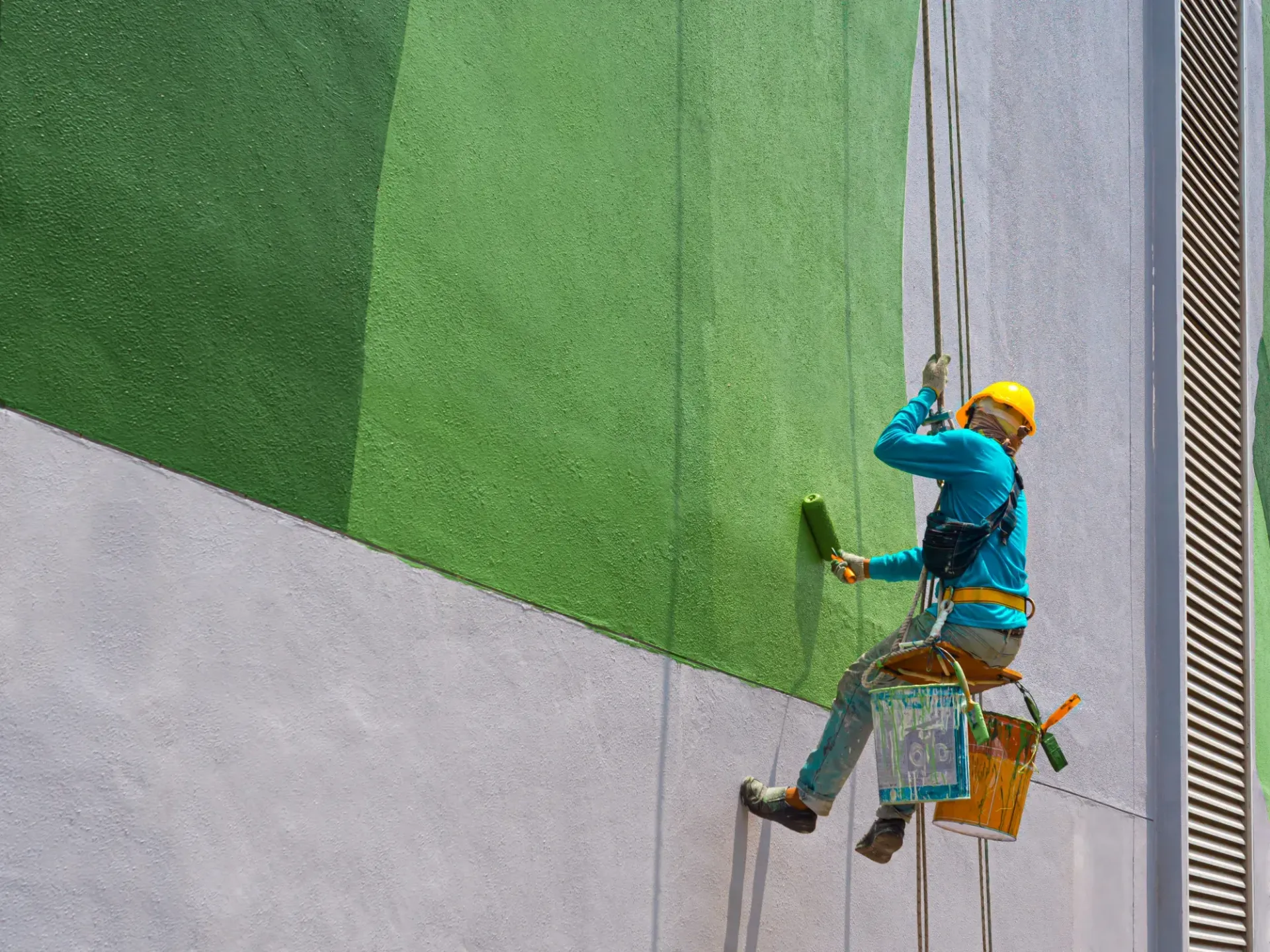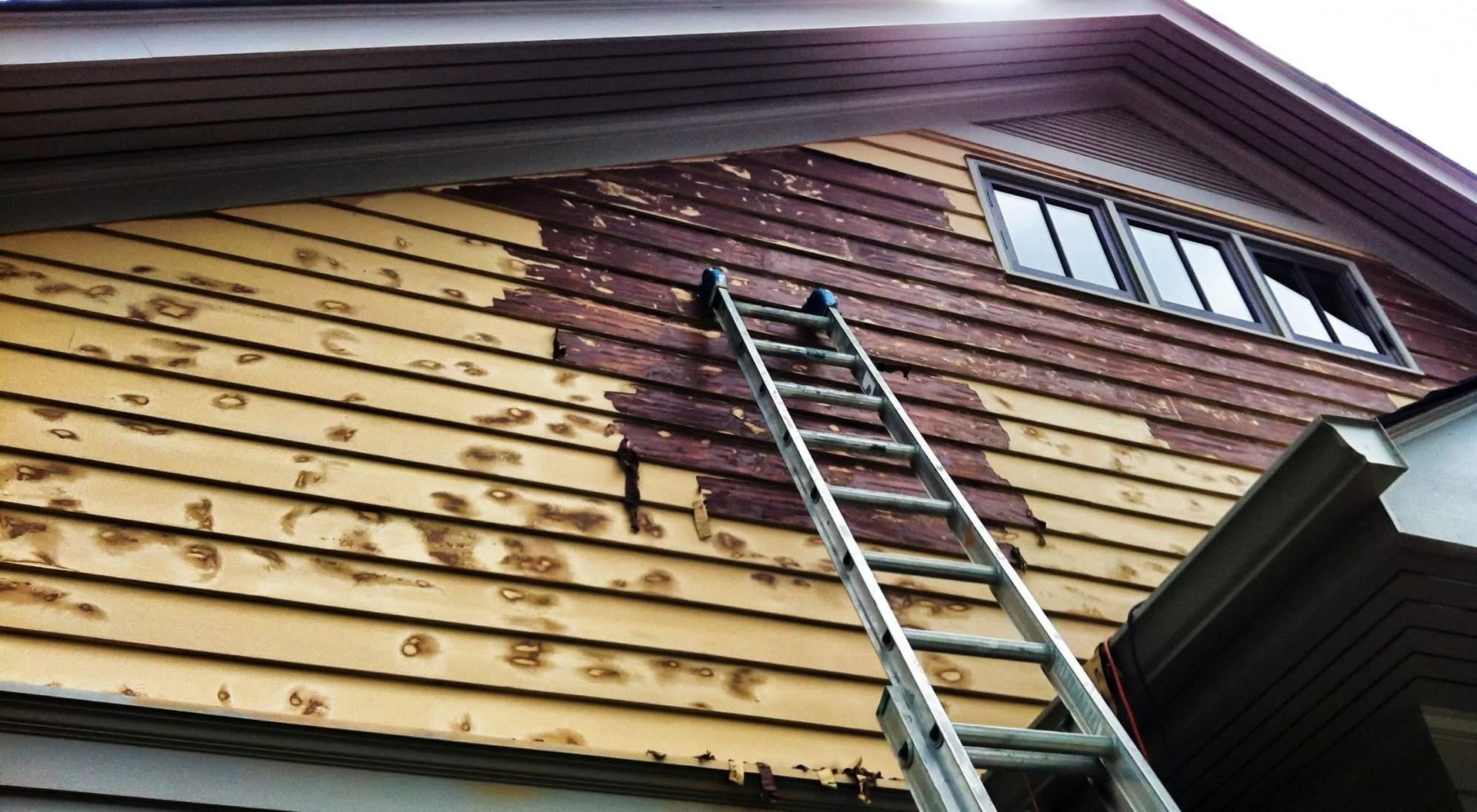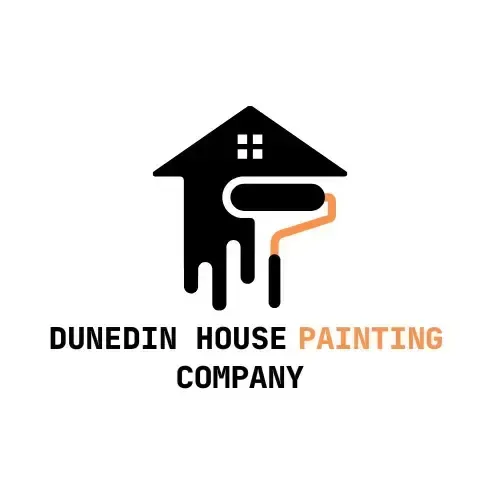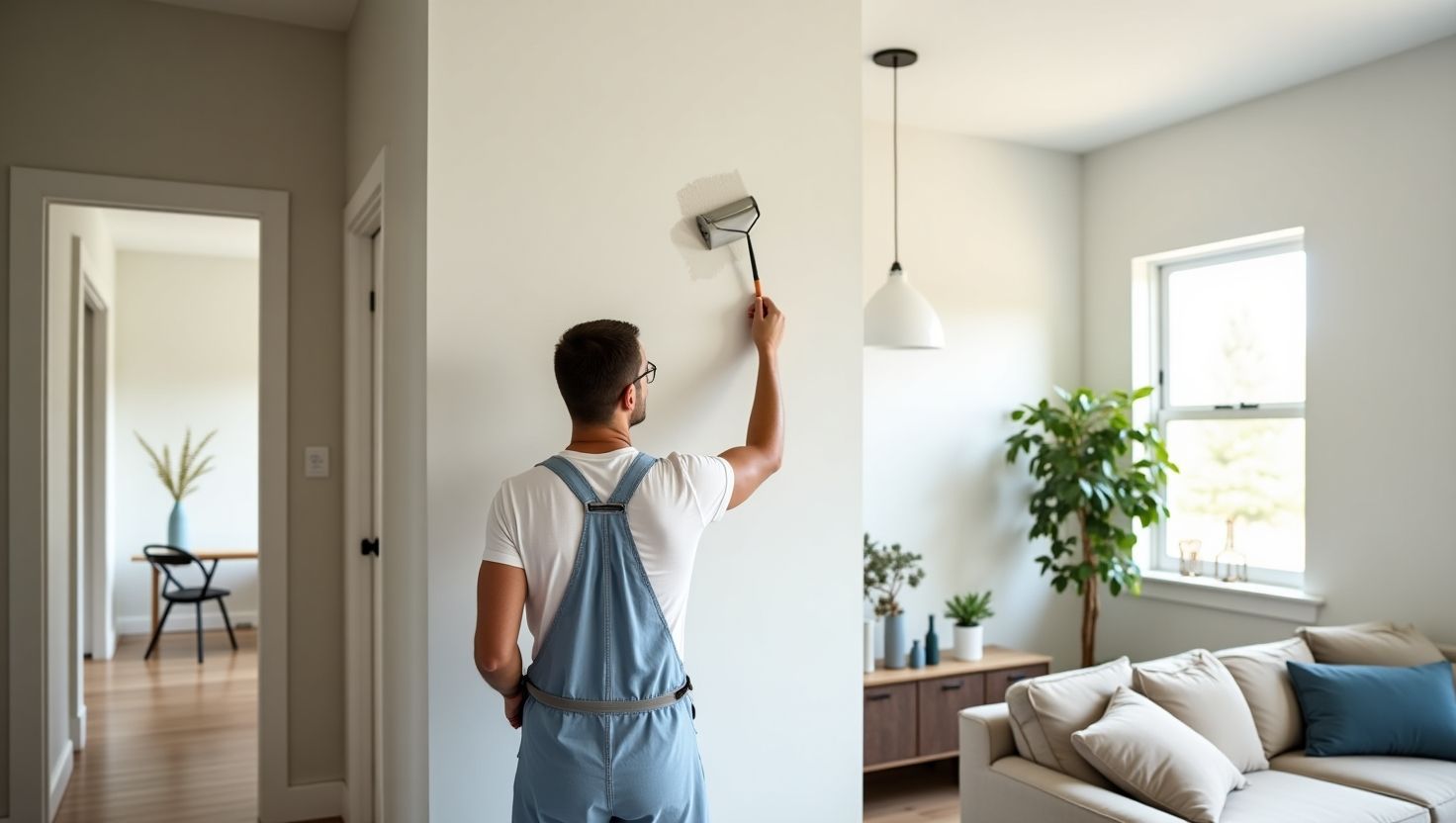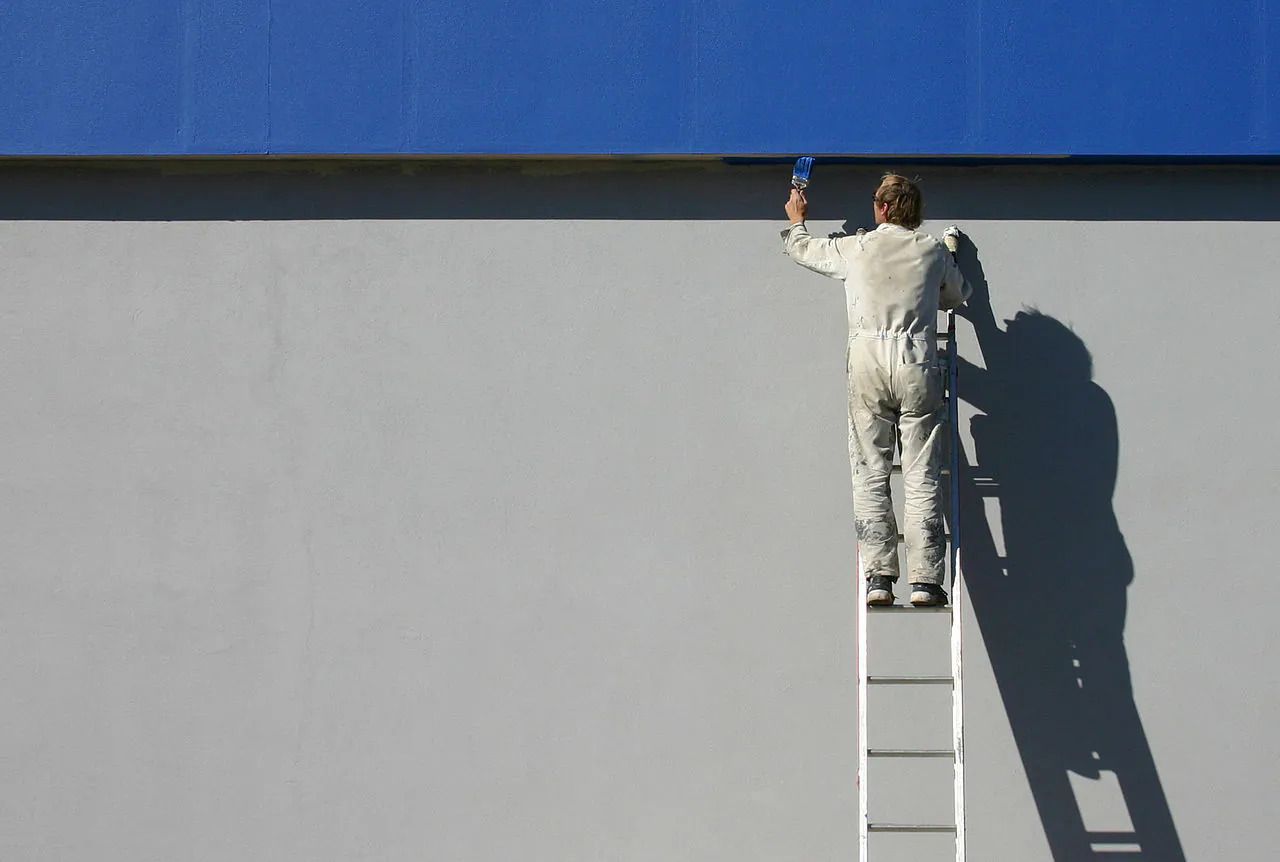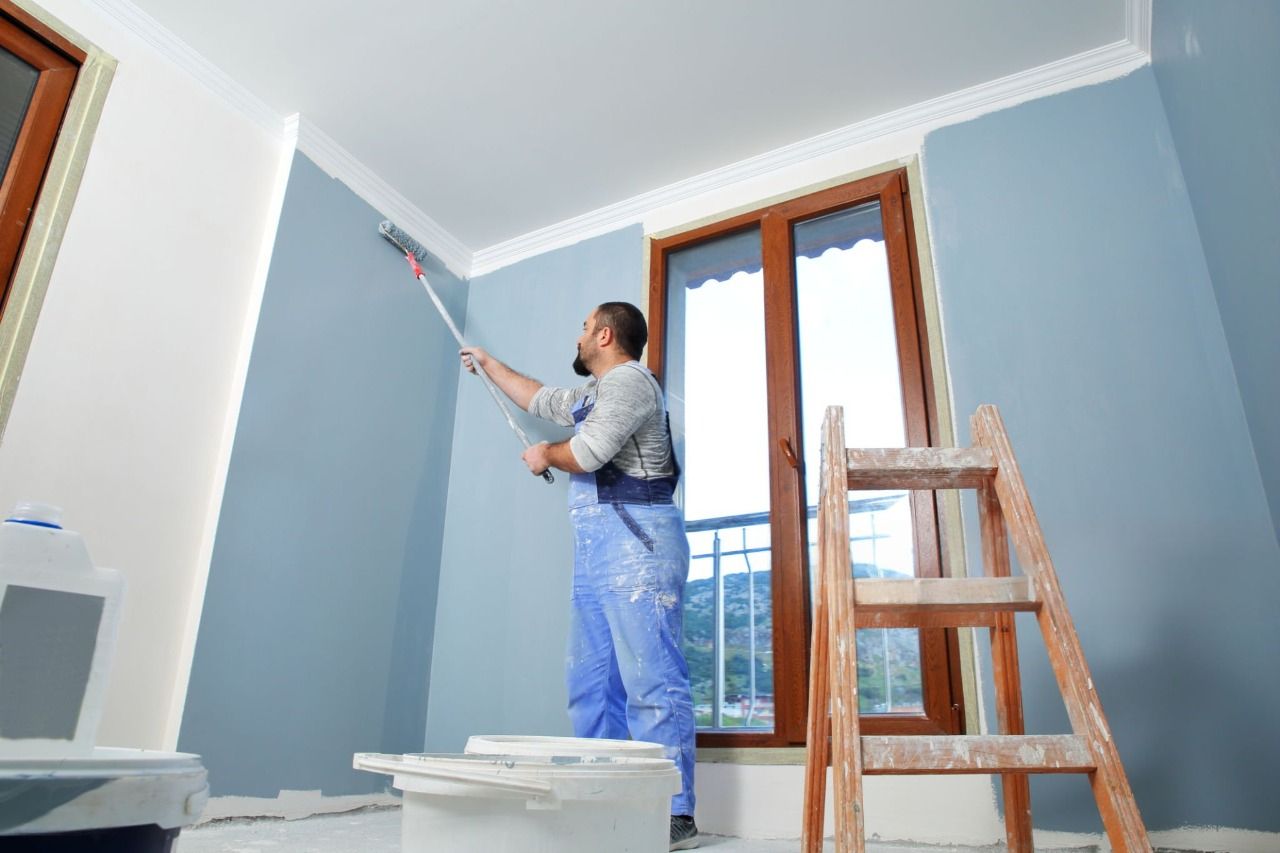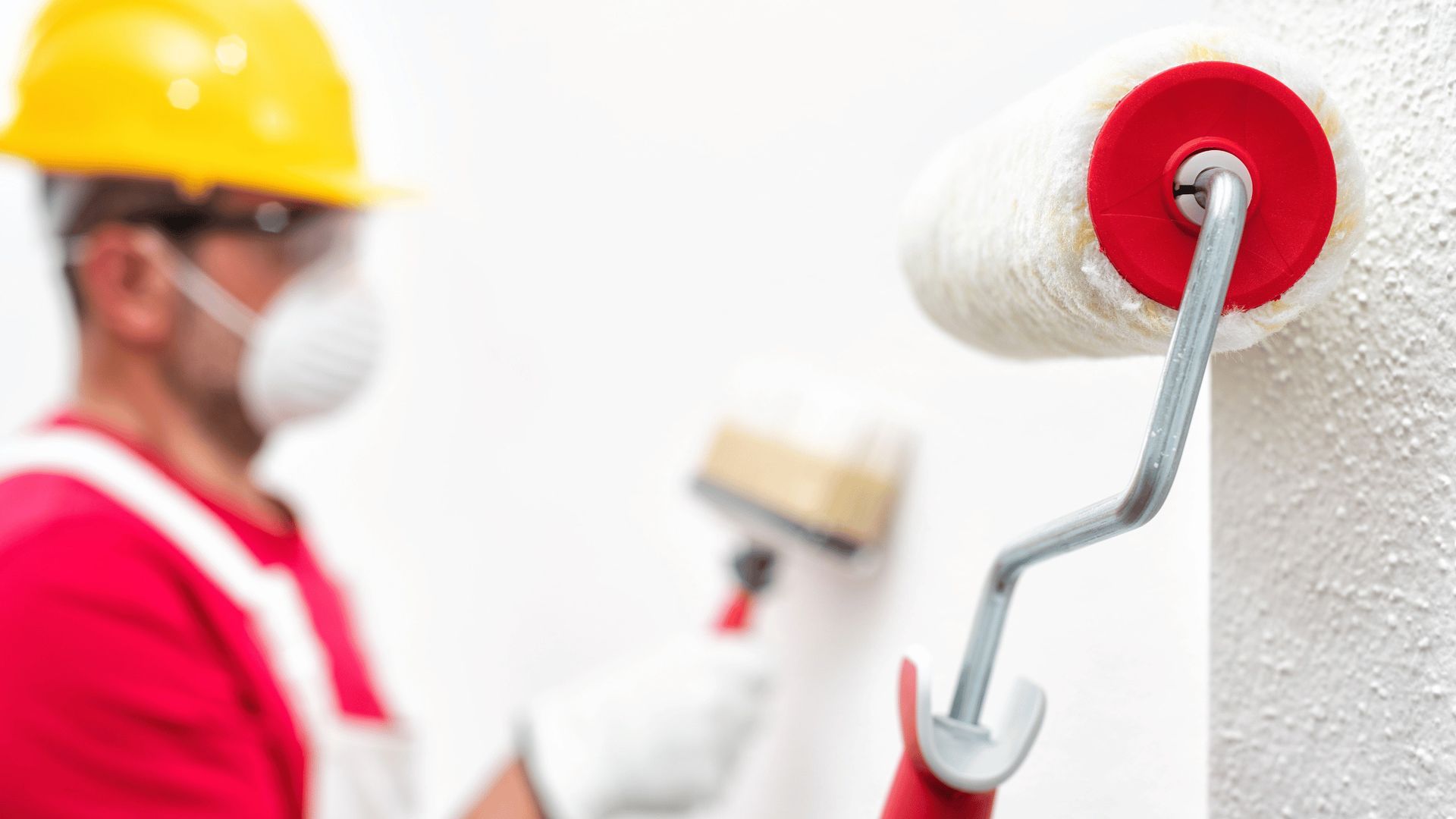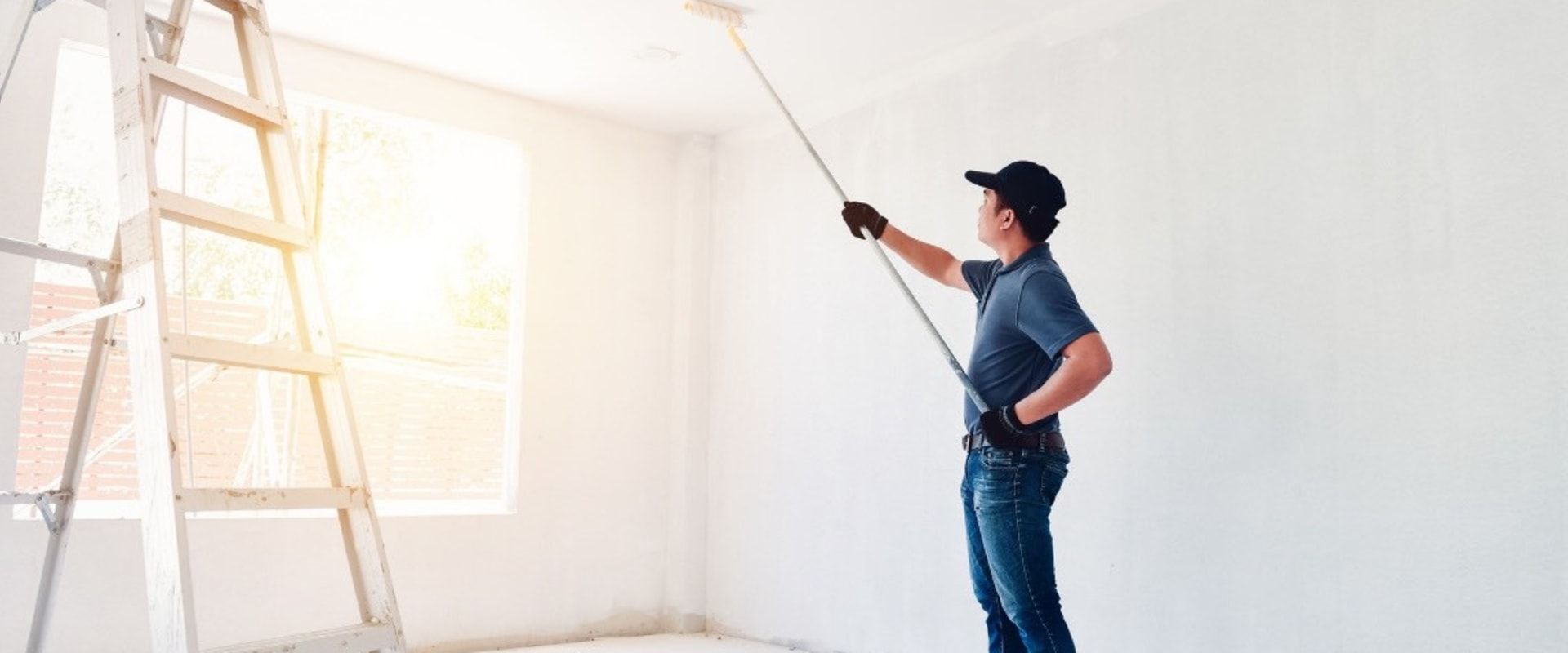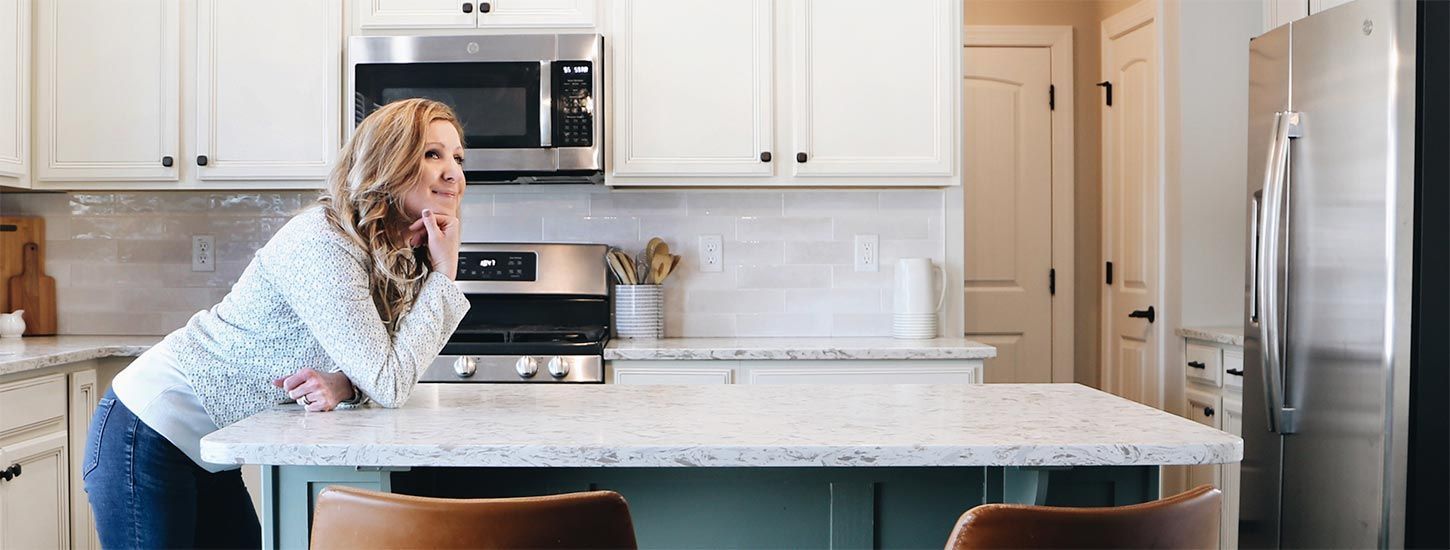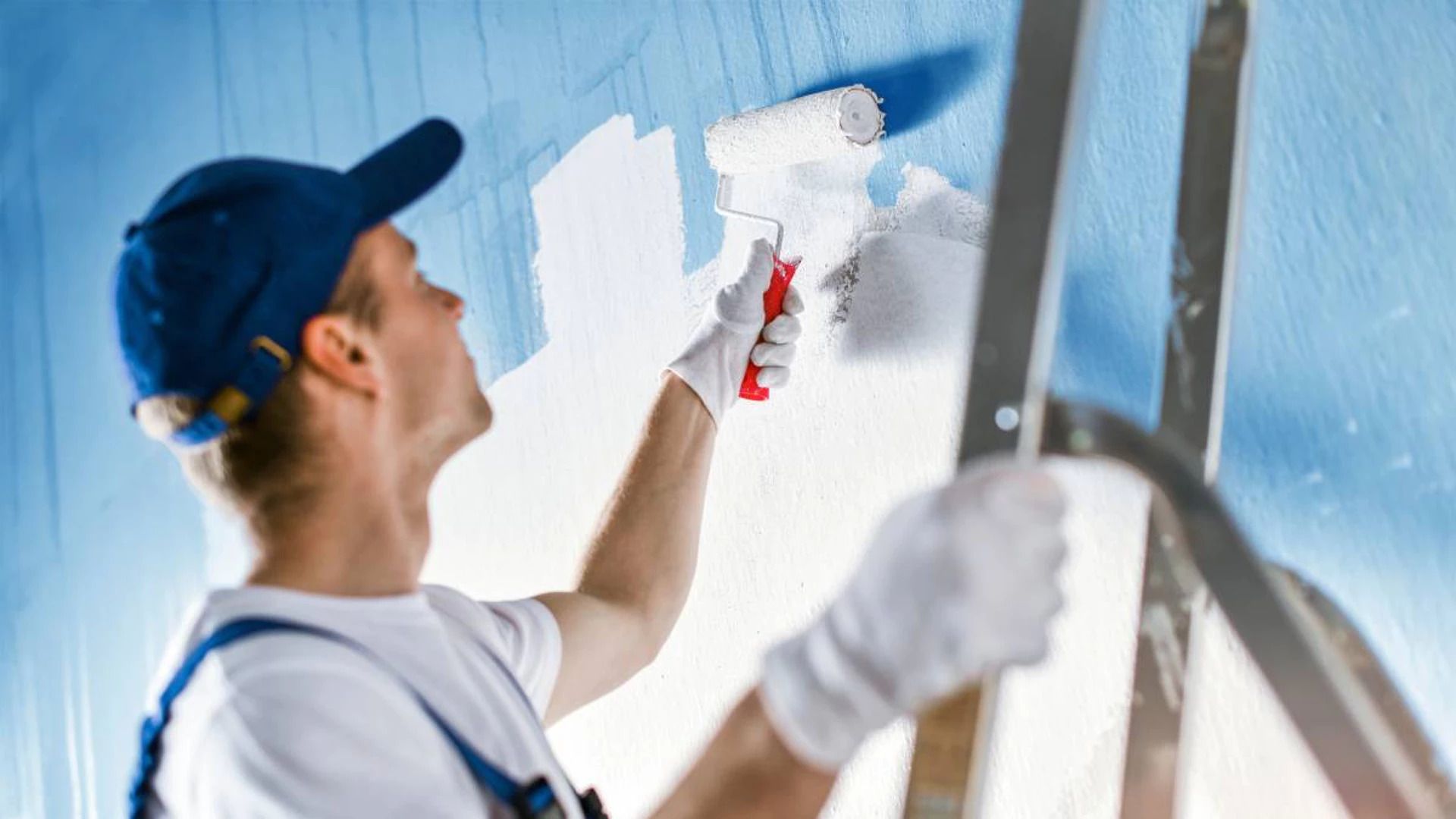The Hidden Impact of Salt Air and Humidity on Your Home’s Paint
Living by the coast has its perks—ocean breezes, picturesque sunsets, and peaceful vibes. But hidden in all that beauty is an invisible enemy: salt air and humidity. These two elements can silently wreak havoc on your home’s exterior paint, causing issues that often go unnoticed until it's too late.
Whether you live on the beachfront or a few miles inland, if your home is exposed to salty winds and high moisture, you need to take proactive steps. This article unpacks the lesser-known impacts of salt air and humidity on your home’s paint, helping you make informed decisions that save money and maintain your home’s curb appeal.
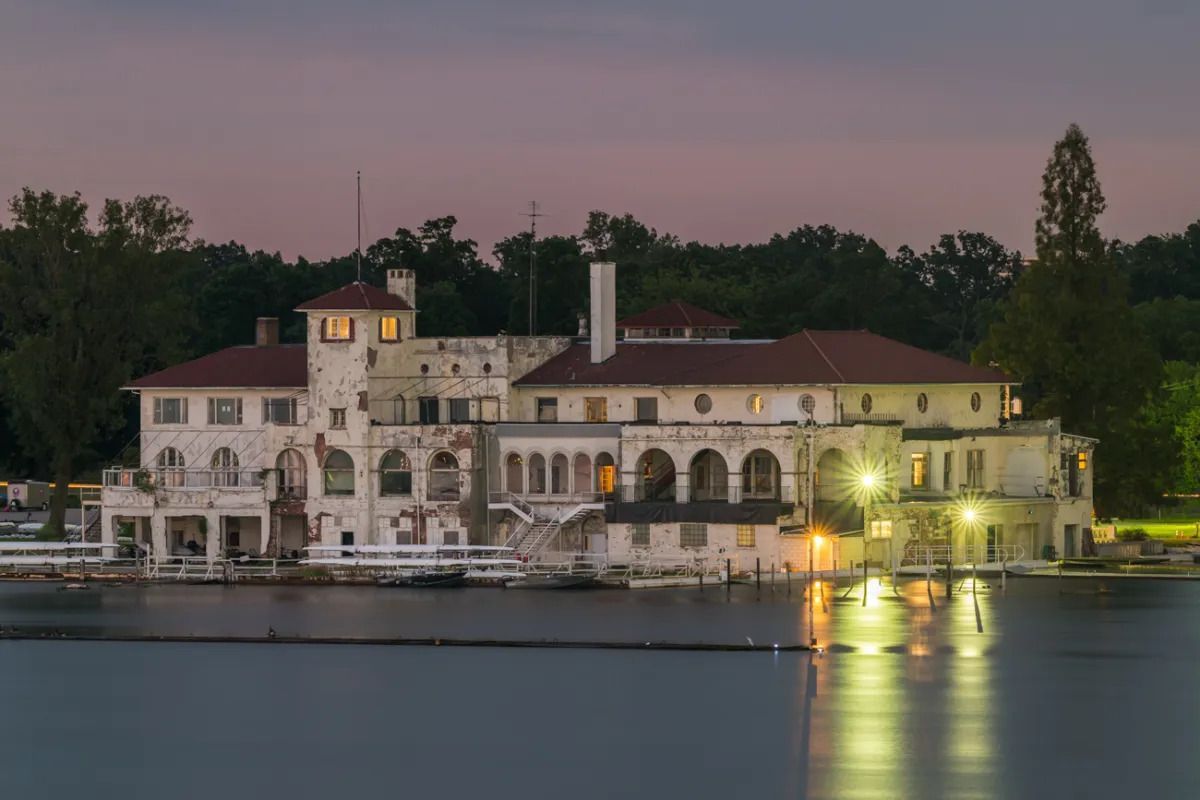
Salt Air and Its Sneaky Composition
What is Salt Air?
Salt air refers to the tiny particles of sodium chloride and other minerals carried by ocean breezes. As waves crash and evaporate, they release saline mist into the atmosphere. Even miles away from the shore, your home can experience salt exposure.
How Salt Travels Inland
You don’t have to live right on the beach to experience the effects. Coastal winds carry salt particles inland, where they settle on every surface—windows, doors, roofs, and of course, painted walls. This buildup creates a sticky layer that traps moisture and accelerates wear on exterior paint.
How Humidity Affects Paint Over Time
The Science of Moisture and Paint
Humidity is the amount of moisture in the air. High humidity causes water vapor to cling to surfaces, including your home’s paint. Over time, this causes paint to soften, swell, and lose adhesion.
Trapped Moisture and Peeling
When moisture gets trapped beneath the paint film, it disrupts the bond between the paint and the wall. Eventually, it leads to bubbling, peeling, and flaking—classic signs of coastal climate damage.
The Combined Effect of Salt and Humidity on Paint
When salt and humidity team up, they act like a slow-acting acid, breaking down paint layers from the outside in. Salt retains moisture, while humidity keeps surfaces damp for longer periods. This deadly combo drastically shortens your paint’s lifespan.
Accelerated Deterioration
Paint that should last 7–10 years may start fading or peeling in just 3–5 years in coastal areas. And this doesn’t just look bad—it exposes your walls to deeper water damage.
Visible Signs of Paint Damage in Coastal Areas
- Cracking and Blistering: Salt crystals build up beneath the paint, causing it to lift and crack.
- Chalking: White, powdery residue appears as binders in the paint break down.
- Mold and Mildew: High humidity encourages organic growth, especially on shaded surfaces.
- Fading and Discoloration: UV rays, salt, and moisture combine to bleach vibrant colors quickly.
The Role of Paint Quality in Coastal Defense
Not all paints are created equal. High-quality exterior paints offer superior resistance to salt and moisture.
Choosing the Right Type of Paint
Look for:
- Acrylic latex paints
- Mildew-resistant additives
- UV protectants
Professional painters often recommend elastomeric coatings, which are flexible and can expand/contract with the surface, resisting cracks and blisters.
Impact on Wooden vs. Stucco Surfaces
Wooden Surfaces
Wood soaks up moisture like a sponge. In salty air, this leads to quick rotting and peeling paint. Regular sanding, priming, and sealing are a must.
Stucco Walls
Stucco is porous and can hold salt crystals inside. If not sealed properly, water enters and causes bubbling or crumbling of the finish coat.
Why DIY Paint Jobs Fail in Coastal Conditions
Painting your home yourself might seem cost-effective, but if you skip surface prep or use the wrong type of paint, coastal elements will eat away at your work in no time.
Common Mistakes
- Not washing off salt residue before painting
- Skipping sealant or primer
- Using cheap, interior-grade paint outside
These shortcuts lead to faster deterioration and wasted money.
Best Practices for Prepping Exterior Surfaces
To fight salt and humidity, start with strong preparation:
- Power Washing: Removes built-up salt and mold.
- Salt-Resistant Primers: Creates a barrier between the surface and moisture.
- Sealing Cracks: Prevents salt and moisture from seeping into gaps.
A proper prep job is 80% of the battle won.
Choosing the Right Time to Paint in Humid Climates
Painting in high humidity can trap moisture under the paint, leading to bubbling.
Ideal Conditions
- Paint in late spring or early fall
- Choose a dry week with low humidity
- Avoid early mornings when dew is still present
Maintenance Tips to Extend Paint Life
Routine Cleaning
Wash your home exterior every 6–12 months to remove salt buildup and prevent mildew.
Annual Inspections
Check for cracks, fading, or bubbling. Early intervention can prevent major repairs.
Touch-Ups
Use leftover paint or keep a small supply handy for quick fixes.
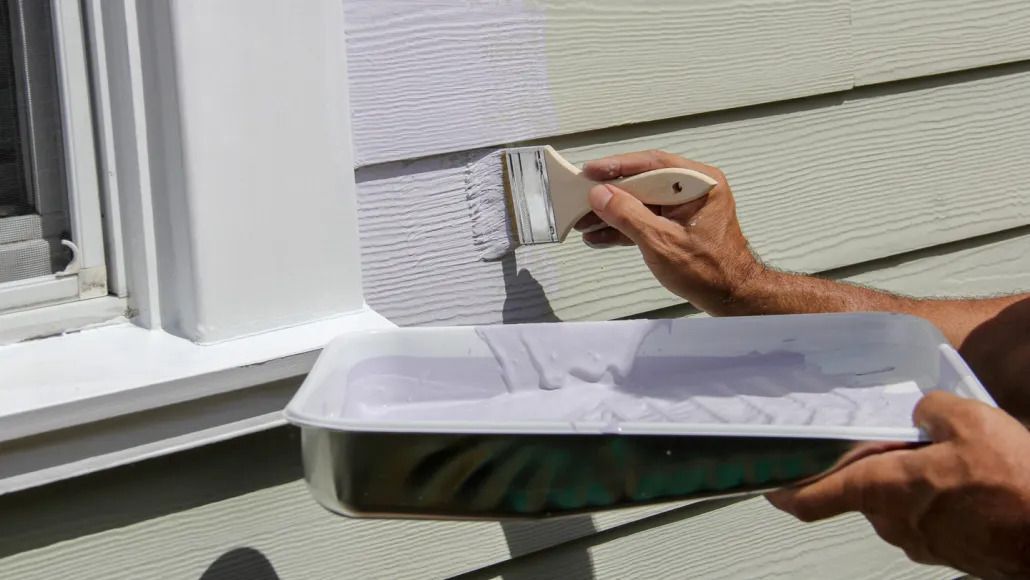
The Importance of Professional Painting Services
Hiring experts who understand the unique challenges of coastal climates is key. They know how to prep, select paint, and apply techniques that last.
For top-quality, reliable service, consider this trusted Painting Service that specializes in homes near the water.
Eco-Friendly and Coastal-Safe Paint Options
Many brands now offer paints that are:
- Low-VOC: Healthier for your family and the planet
- Water-Resistant: With hydrophobic technology
- Environmentally Certified: Like Green Guard or LEED-approved
These are safer and longer-lasting in humid environments.
Salt-Resistant Coatings and Sealants
Salt-blocking sealants act like a shield, preventing salt and water from penetrating painted surfaces.
Best Uses
- Window frames
- Door trims
- Deck railings
- Garage doors
Apply every few years for optimal protection.
How Climate Change is Worsening the Issue
Rising sea levels and stronger coastal storms are increasing salt air exposure inland. More rain, more humidity, and stronger winds mean your home’s paint is under more attack than ever.
Home Value and Curb Appeal Implications
Peeling paint not only makes your home look neglected—it also reduces resale value. Fresh, high-quality paint keeps your home looking sharp and protects the investment long-term.
When to Call a Professional Painter
You should consider professional help if:
- Your paint peels every couple of years
- Mold keeps coming back
- You’ve tried DIY fixes with no success
Need expert help? Reach out to a pro via this Contact form today!
The Hidden Impact of Salt Air and Humidity on Your Home’s Paint
The damage caused by salt air and humidity often happens slowly and silently, but its long-term impact can be devastating. By recognizing the warning signs, using the right materials, and calling in professionals when needed, you can keep your home protected and beautiful—no matter how close to the ocean you live.
FAQs About Coastal Paint Maintenance
Can salt air really damage my home’s paint?
Yes. Salt particles settle on surfaces and retain moisture, causing paint to peel and fade faster.
How often should I repaint a coastal home?
Typically every 5–7 years, but with good maintenance and quality paint, you might stretch it to 10.
What kind of paint works best near the ocean?
Acrylic latex with mold-resistant and salt-blocking additives works well.
Can I pressure wash salt buildup?
Absolutely. Just ensure it’s done carefully to avoid damaging paint or siding.
Is it okay to paint during humid weather?
Not ideal. Humid conditions can trap moisture under paint, leading to bubbles and peeling.
Do professional painters use special techniques for coastal homes?
Yes, they prep surfaces differently, use specialized primers, and select salt-resistant coatings.
Conclusion
Salt air and humidity may be invisible enemies, but their impact on your home’s paint is very real. Fortunately, with the right materials, smart timing, and expert help, you can stay ahead of the damage. A clean, well-painted home not only looks fantastic but also stands strong against the elements—year after year.
Links
